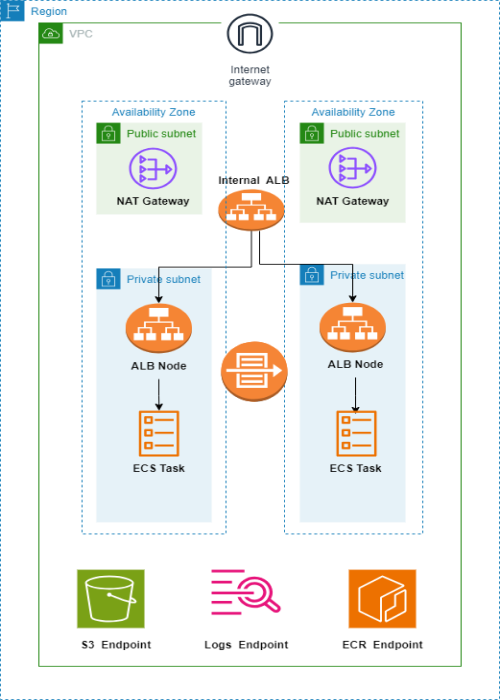
Syed Solutions
Architecting Microservices-Based Solutions

Designing a microservices architecture involves breaking down a monolithic application into smaller, loosely-coupled services and defining their interfaces and communication patterns while considering factors like data management, scalability, and deployment strategies.
The steps we take in designing your microservices solution are:
- We break down your application into smaller, independent services.
- We decide on the communication mechanisms between services (e.g., RESTful APIs, message queues).
- We select AWS services that fit your microservices architecture, such as Amazon ECS, AWS Lambda, Amazon EKS, or AWS Fargate for container orchestration.
- We use Amazon RDS, Amazon DynamoDB, or other databases for data storage.
- We consider using Amazon API Gateway for API management and AWS Lambda for serverless functions.
- We decide how data will be stored and shared among microservices (e.g., shared databases, event sourcing).
- We use AWS services like Amazon RDS, DynamoDB, S3, or Elasticsearch for data storage.
- We containerize your microservices using Docker.
- We choose an orchestration service like Amazon ECS, Amazon EKS, or AWS Fargate to manage and deploy containers.
- We determine the data storage needs for your application (e.g., structured data in DynamoDB, unstructured data in S3).
- We plan data schemas and access patterns.
- We use events to trigger AWS Lambda functions, such as HTTP requests via API Gateway, S3 events, or custom events via AWS EventBridge.
- We ensure that event sources are reliable and resilient.
- We ensure that event sources are reliable and resilient.
7. Design for Scalability:
- We leverage AWS auto-scaling capabilities to handle varying workloads.
- Use Lambda Provisioned Concurrency to manage scaling for cold starts.
- We leverage AWS Lambda's "pay-as-you-go" pricing model to save costs.
- We implement fine-grained resource allocation and monitoring to minimize waste.
- We implement proper authentication and authorization mechanisms.
- Implement robust error handling and logging in your Lambda functions.
- Configure Dead Letter Queues (DLQs) for asynchronous event processing.
- We use AWS CloudWatch for monitoring, logging, and alerting.
- We implement distributed tracing using AWS X-Ray.
- We set up custom metrics for tracking application-specific KPIs.
- We understand and mitigate cold start latency in AWS Lambda, if applicable.
- We use provisioned concurrency to reduce cold start times for critical functions.
- Set up automated deployment and testing pipelines.
- Create comprehensive tests, including load testing.
- Implement backup and recovery mechanisms.
- We ese AWS CloudWatch Logs and Metrics, for detailed insights into the system's behavior.
- We implement distributed tracing to track requests across services.
- We maintain clear and up-to-date documentation of your serverless architecture.
- We include diagrams, resource configurations, and operational procedures.
- We ensure compliance with regulations and implement governance policies.
- We implement version control for your serverless functions and APIs.
- We plan for safe rollbacks in case of issues with new deployments.